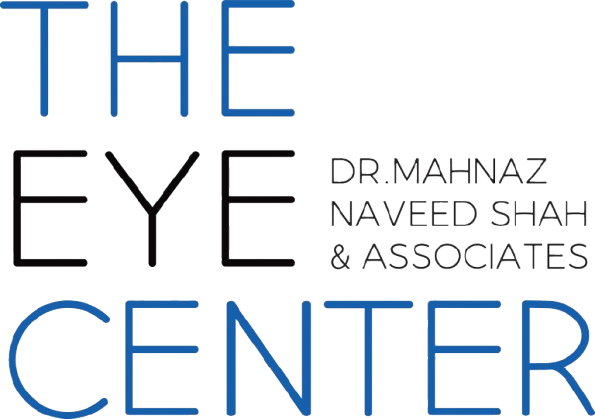The cornea is the uppermost layer of the eye. It is a clear, transparent dome or lens shaped mass that refracts and focuses light back onto the retina, for clarity of vision. Damage to the cornea, whether due to eye disease, infection or injury, may result in cornea losing its transparency or changing shape (such as due to surface scratches, deeper injury or swelling). These damages may prevent enough undistorted light from reaching the retina, thereby leading to a loss of clarity and distortion of vision. In certain cases a patient’s cornea may become too damaged and require a corneal transplant to restore clear vision. Also known as keratoplasty or a corneal graft, this procedure involves replacing diseased or damaged cornea, in whole or in part, with healthy donor tissue.
How safe and successful is corneal transplant surgery?
Corneal transplants are generally well tolerated and lasting. While all surgical procedures carry some risks, it is important to note that corneal transplant surgery is generally considered a highly well-tolerated form of human organ transplant. It is comparatively least likely to result in rejection of tissue by the body and corneal transplant patients do not require oral immunosuppressive medication normally given to patients receiving other types of transplants. The patient’s physical appearance, externally as well as the colour of one’s eye also does not change as a result of the operation. Patients lead a normal, healthy and active life after corneal transplantation.
What is corneal transplant surgery like and how long does recovery take?
The procedure does not take too long, averaging at under an hour, and may be performed under local or general anaesthesia, depending on patient specifics. It is generally performed on out-patient basis, requiring only a few hours hospital stay.
Recovery time after a corneal transplant depends on the type of transplant required, determined by the size and depth of damage to the cornea. There are three levels or types of keratoplasty:
-
A full-thickness transplant, also known as penetrating keratoplasty
-
Deep anterior lamellar keratoplasty (frontal or outer tissue grafting)
-
Endothelial keratoplasty (deep tissue procedure)
Generally, the full-thickness transplant will take longest to heal (average 12-18 months before full effects are reached), while lesser recovery time is expected for partial transplants. However, as the weeks go by patients experience increasing quality of vision with often significant improvement in vision even on the first day or week after surgery. Patients continue with their normal activities during the time, both visual as well as physical, except for a few restrictions.
The success of the procedure is dependent on two major factors. The first is the health of the transplanted tissue and the second is the skill and expertise of the surgeon doing the procedure. At The Eye Center-Dr. Mahnaz Naveed Shah & Associates in Karachi, Pakistan, we offer expertise and an excellent surgical track record of successful corneal transplantations. We are skilled in both adult and pediatric corneal transplants as well as re-grafts for patients with a history of previously failed surgeries.
Among the eye specialists at The Eye Center we have three nationally recognized experts in corneal transplantation, as well as a team of sub-specialists to cover every aspect of our patients’ specific condition and treatment.
We liaise with the best eye donor banks the world over to procure the best available healthy tissue, with the aim of optimizing each corneal transplant patient’s outcome.The clinic is fully fitted with modern, state of the art equipment and adheres to the strictest possible standards and protocols at all stages of the diagnostic, surgical and follow up process.
